Dr Sarah O’Beirne, Consultant Respiratory Physician at St Vincent’s University Hospital, Dublin, speaks to Niamh Cahill about how the sudden shifts in respiratory services caused by Covid-19 could have a lasting impact
One of the most significant outcomes of the pandemic to date has been immense change in our healthcare services. As the virus spread in earnest here in March, a major shift commenced to reorganise services in response to the threats posed by Covid-19. Given the nature of the coronavirus and its impact on the lungs, respiratory services have been particularly affected. Indeed, amid the upheaval, a completely new service for patients suffering from post-Covid respiratory symptoms was developed in the east to offer greater care to those still affected by the virus.
Speaking to the Medical Independent (MI), Dr Sarah O’Beirne, Consultant Respiratory Physician, at St Vincent’s University Hospital, and St Michael’s Hospital, Dun Laoighaire, said: “The service has changed so much in the last six months. Like everything else in medicine we’ve all had to completely reorganise our practice. If anything, it’s shown us how we can adapt and adapt quickly. People have worked well together in these challenging times.”
Dr O’Beirne, who spent much of her time during the first virus wave looking after Covid-19 patients in hospital, also runs pulmonary rehabilitation clinics for patients with severe lung disease. In addition, she now provides rehabilitation classes for patients suffering from post-Covid respiratory symptoms, an emerging and new area in medicine. Without doubt, Covid-19 has had a huge impact on the service, she said
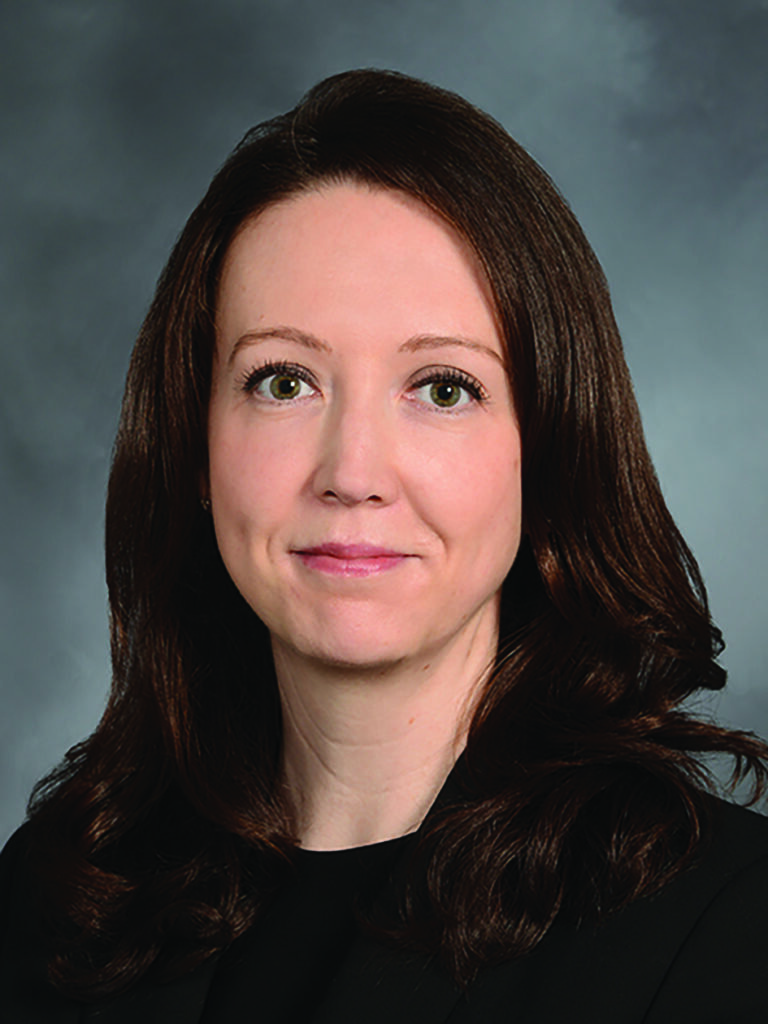
Going virtual
One of the biggest shifts since Covid-19 emerged has been the move to virtual pulmonary rehabilitation outpatient classes for patients with chronic lung disease, a development that will have a long lasting impact on the structure of care, Dr O’Beirne believes. Pulmonary rehabilitation is the standard care for patients with chronic lung disease, ongoing symptoms and limitations despite maximised medical treatment. It is a vital component of care, as rehabilitation reduces hospitalisations. In Ireland it is estimated that 500,000 people are living with chronic obstructive pulmonary disease (COPD), yet only 200,000 are diagnosed.
A 2018 report found that Ireland has the highest rate of hospital admission with COPD of any country in the OECD. A study, published in JAMA earlier this year, showed that pulmonary rehabilitation within 90 days of an exacerbation reduces mortality. Typically, pulmonary rehabilitation is provided in an outpatient setting with patients participating in a class run over six-to-12 weeks, depending on the programme. It includes an exercise component, as well as a focus on education and behavioural change.
But group classes for patients with chronic lung disease are not feasible during the pandemic, according to Dr O’Beirne. “So, the standard outpatient pulmonary rehabilitation programme we provided has been on hold since the pandemic began in earnest in March in this country,” she told MI. “That’s led, as with other services, to a shift towards more virtual pulmonary rehabilitation. We’ve been running a virtual pulmonary rehab programme, which began during the pandemic.
“We’ve had several groups complete the programme already and have seen good results with it. This is a programme people do from home where they log into live sessions and complete an exercise component. We also have the educational parts. It’s all done virtually apart from the preand post-rehab assessments, which are done in the hospital. It’s a much safer way from an infection control perspective for patients and for staff.”
There has been definite improvement in symptoms, quality-of-life scores and walk distance scores in patients who took part in the virtual programme. Dr O’Beirne said the virtual nature of the clinics has helped increase numbers among those who may not have been able to travel. Despite this, it is evident that virtual clinics are not suitable for all patients, she admitted.
“The downside is it’s not suitable for everyone. We know from contacting people on our waiting list for the regular rehab programme that only 50 or 60 per cent of them would be suitable to partake in the programme, due to a combination of access to technology, technological literacy and disease severity.
The service has changed so much in the last six months. Like everything else in medicine we’ve all had to completely reorganise our practice. If anything, it’s shown us how we can adapt and adapt quickly
“Then there’s also the aspect that for some patients, depending on their condition, it may not be safe for them to exercise at home in a less supervised fashion. “It’s about recognising the limitations of virtual care while recognising its definite role, particularly when we are in the throes of a pandemic. I think in the long-term it will be a mix of virtual and standard care that we provide people.”
For those who cannot access virtual clinics, some severally ill patients have been offered inpatient rehabilitation, but the remainder are waiting for the outpatient programme to resume. In March, the service had 60-to-70 people on a waiting list. Since then, this has increased and there have been more referrals, said Dr O’Beirne. It is not yet known when standard outpatient rehabilitation services will resume.
Post-Covid rehabilitation
Another huge change is the introduction of rehabilitation classes for patients suffering from post-Covid symptoms. The classes operate just like that of a pulmonary rehabilitation programme and are focused on people with respiratory symptoms, Dr O’Beirne explained. “We’ve had nearly 20 people through so far. The groups are smaller because of infection control risk and it is provided in person rather than virtually.”
The programme runs for eight weeks and individuals attend twice weekly in person, similar to a standard pulmonary rehabilitation programme for exercise. There is a separate educational component and an occupational therapist works with patients on relaxation techniques, to help ease anxiety, thus providing a holistic service for patients.
“Initially we had thought that it would be predominantly beneficial for hospitalised patients that had more severe illness, but we are seeing more and more referrals from the community from people who weren’t hospitalised but who have persistent exercise limitation and ongoing symptoms,” said Dr O’Beirne. “Outpatient services we were using for outpatient rehabilitation have been redeployed to this because we are not running the in-person outpatient pulmonary rehabilitation programme.” Dr O’Beirne agrees that post-Covid rehabilitation programmes will be required countrywide in the future.
However, it remains unknown for how long such services will be needed and how great the demand will be. “Yes, this is something that will be needed around the country. It’s such a new condition, but we know that a high percentage of people have more prolonged symptoms, so you would anticipate that more of these structured programmes will be required. “We don’t know how long this will go on for and we also don’t have long-term follow -up. We don’t know yet how great the need might be. It certainly looks like it will be required at least in the medium-term.
COPD
Spirometry is considered by experts as a crucial part of any COPD diagnosis. But because of the risks involved, non-essential pulmonary function testing (PF) ceased for a time during the first wave of the pandemic in spring. Testing has since resumed, but not at the same rate, as more guidance is awaited on how spirometry could be facilitated once again in the community. Another impact of Covid-19 for COPD patients has been the fall in hospital admissions related to the disease to date this year. While official figures have yet to be revealed, according to Dr O’Beirne there is anecdotal evidence to suggest there have been fewer hospital admissions related to COPD in 2020.
“This is probably because people were cocooning more because of the pandemic… because of that I think people contracted less viral illnesses overall. I would imagine we will see a slight reduction in COPD admissions over the last six months when the data is reported.” Research shows that patients with COPD who get Covid-19 are more likely to have a more severe illness. It is recommended that patients remain on maintenance therapy and should continue taking their medications.
The impact of Covid-19 on services is kept under review and all experts agree that it is vital services remain in place for people during the pandemic. This is to ensure that waiting lists do not spiral out of control and that patients with ongoing health problems continue to receive the care they deserve. Dr O’Beirne said: “Since July regular services have become more normalised and I think a big push at the moment is to provide as much routine care as possible, despite the pandemic, provided it’s safe, to avoid increased morbidity and mortality in the future.”
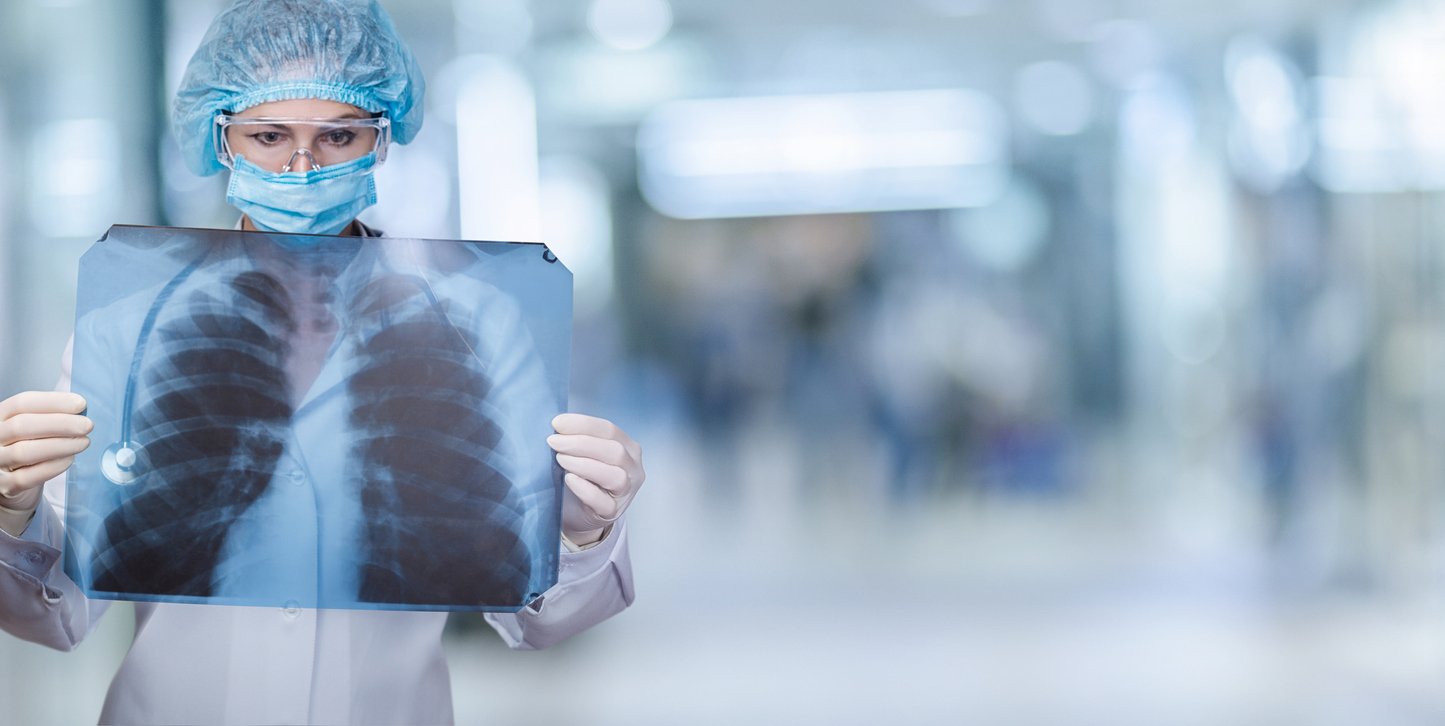

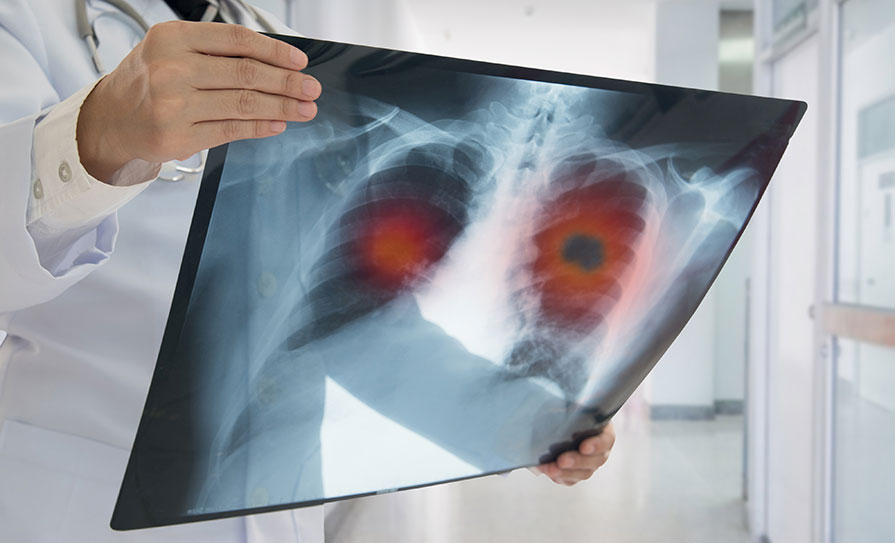
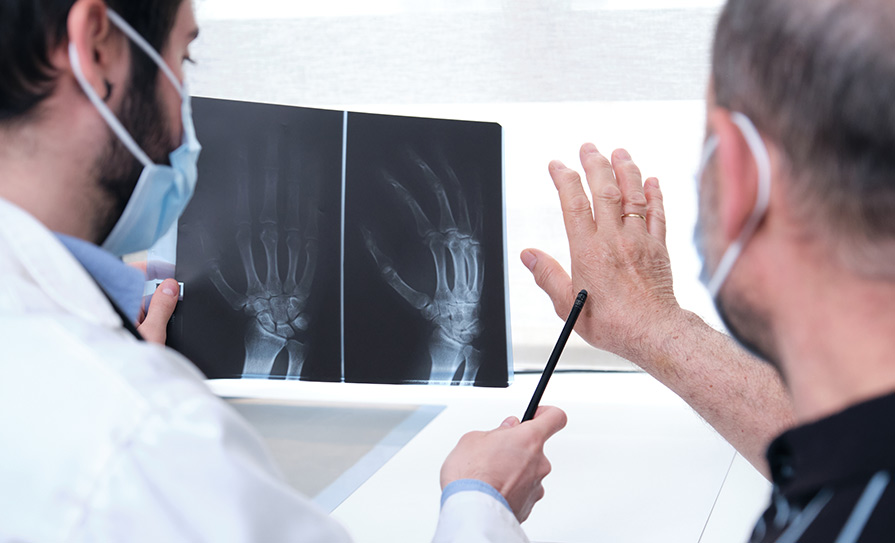
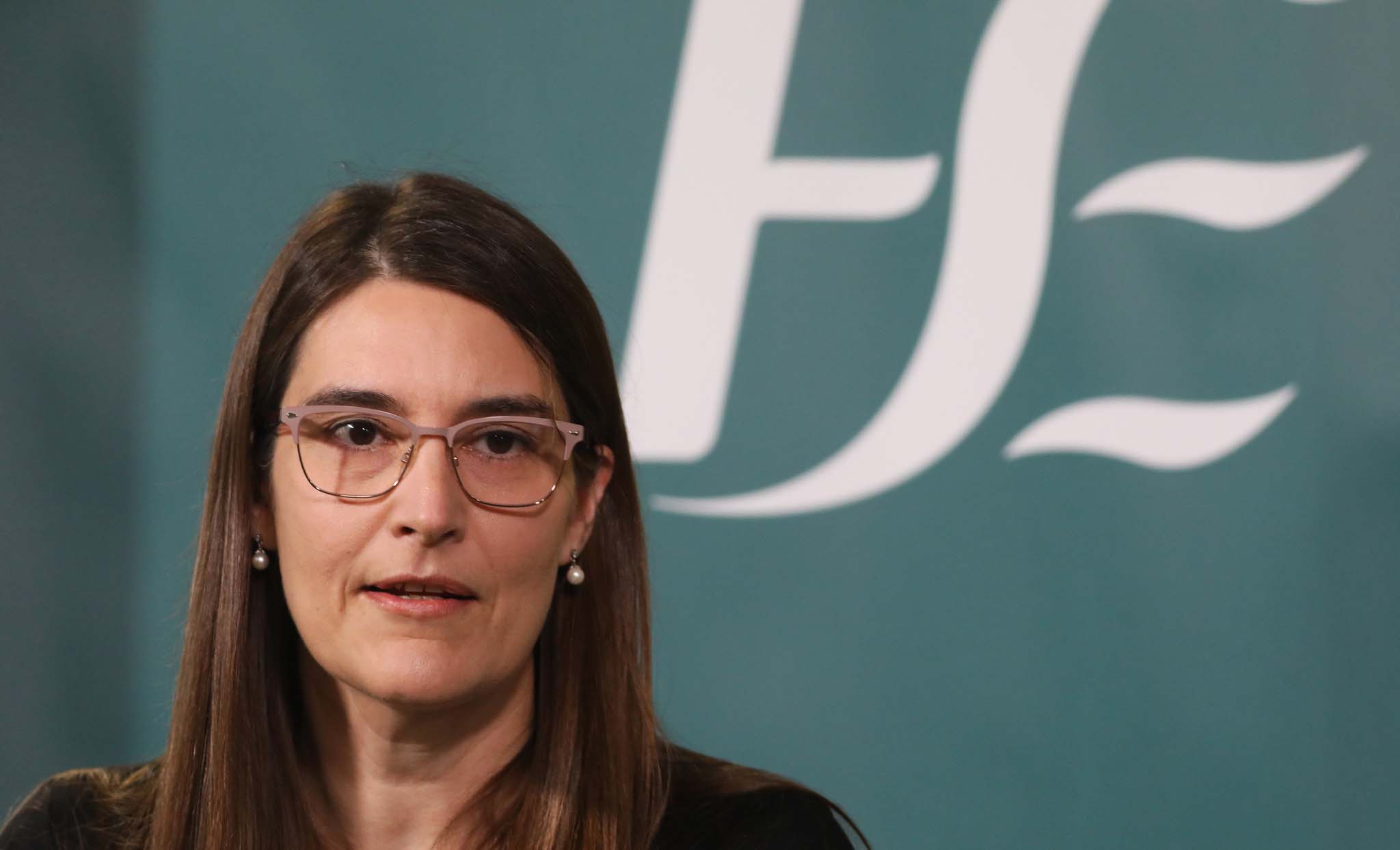
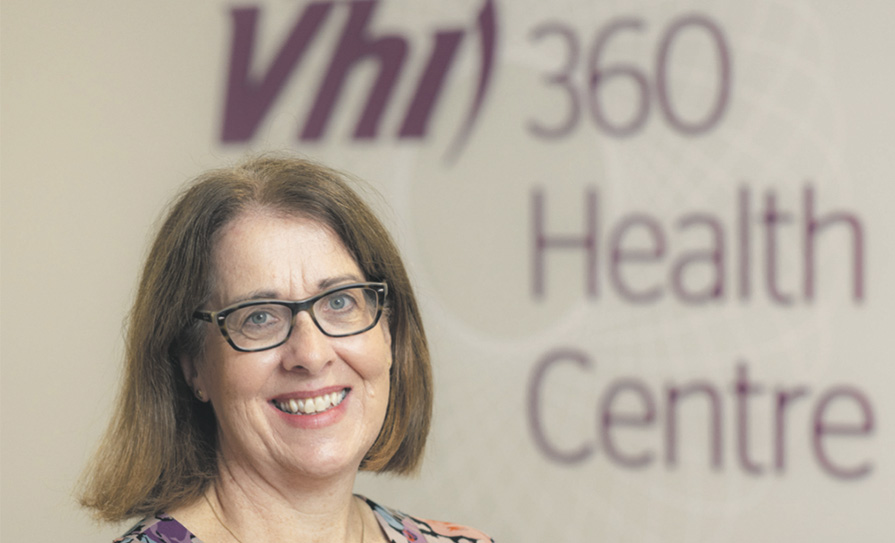


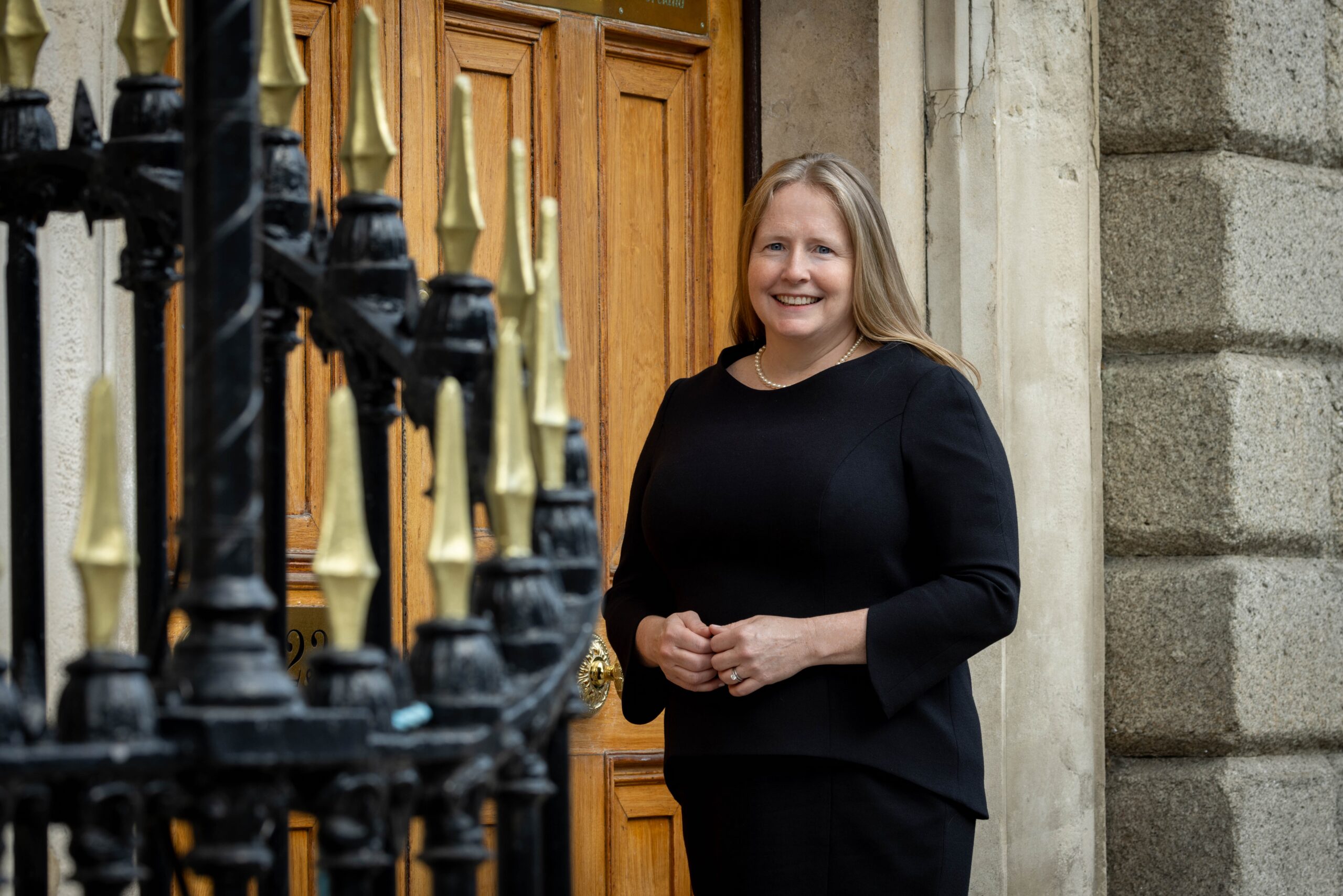




Leave a Reply
You must be logged in to post a comment.